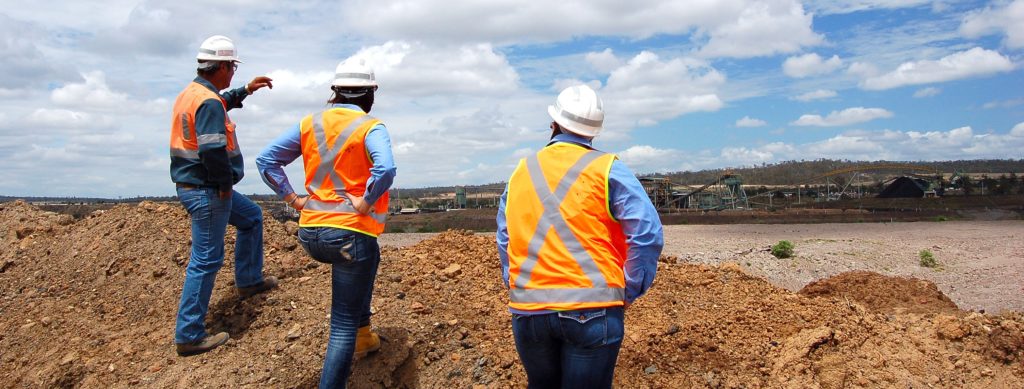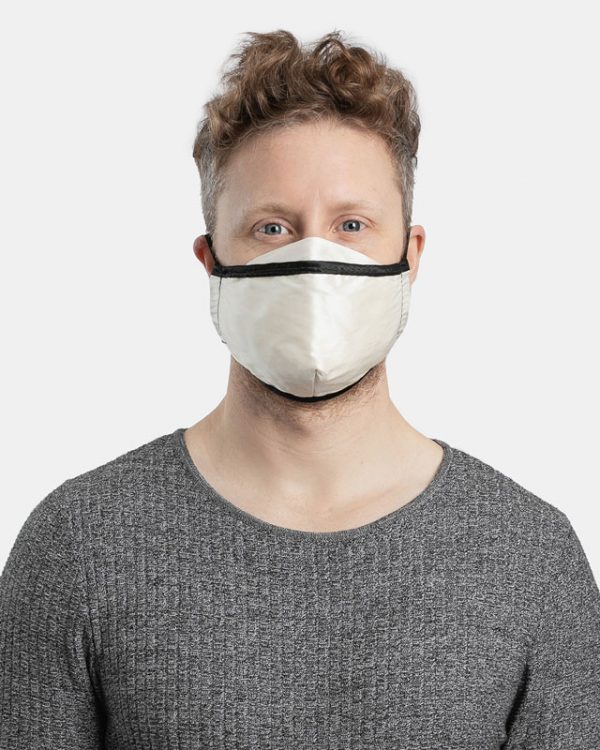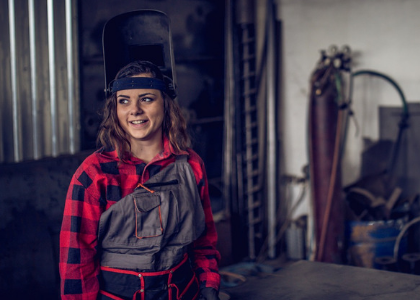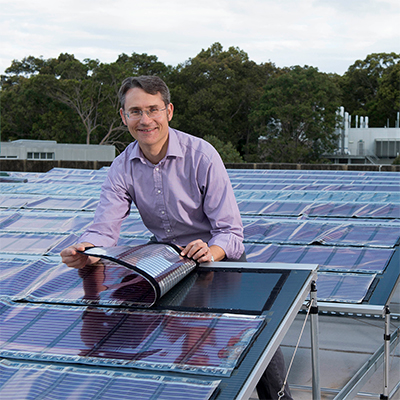Are resources companies helping drive Qld manufacturing revival?
QUEENSLAND resources companies are increasingly turning to local businesses to supply their goods and services, according to a new report, helping to drive a resurgence in the state’s manufacturing sector.
The Queensland Resources Council (QRC) has released a report showing Queensland businesses secured almost 20 percent more resources work in 2019-20, with local expenditure rising from $22.4 billion in 2018-19 to $26.7 billion in 2019-20.
QRC chief executive Ian Macfarlane said the latest data showed four in every five resources’ dollars was now being spent with local machinery and equipment suppliers, earthmoving contractors, food service providers, heavy engineering businesses and a range of other service providers.
He said it was the first time since the QRC began publishing its annual Local Content Report, nine years ago, that local goods and services’ expenditure had risen for three consecutive years. 
Mr Macfarlane said a resources-led revival in Queensland manufacturing was the result of resources companies working more closely with local suppliers to give them every opportunity to tender for work, to build on the state's capacity to support the mining sector.
“This ‘local first’ approach is strongly advocated by the Queensland Local Content Leaders’ Network, of which the QRC is a member, and it’s amazing to see the steady stream of cost savings, innovations and good ideas now flowing back to our companies through better engagement with suppliers,” he said.
Mr Macfarlane said 24 percent of member CEOs agreed the capabilities of local suppliers had increased over the year, with none reporting a decrease.
“About 16 percent of CEOs said Queensland suppliers had improved their price competitiveness, with none reporting a decrease in this category, and 44 percent said they expect to spend more with local suppliers over the next 12 months, and none expected to spend less,” Mr Macfarlane said.
“This is fantastic news and shows the resources sector’s focus on building the capability of local supply chains is delivering more opportunities for Queensland suppliers than ever before, with more growth to come.”
Mr Macfarlane said rising global demand for Queensland’s in-demand commodities and raw materials plus a commitment to pursue new technologies to achieve net zero by 2050 meant resources would continue to underpin the state economy for decades to come.
“Regional centres, in particular, are leading the way in providing the innovation and expertise needed to keep the resources sector operating at a high level, particularly as we transition to a lower emissions future,” Mr Macfarlane said.
“Local suppliers are more likely to understand the high-tech needs and local conditions of our sector and are better placed to help companies manage supply chain risks, which has been an issue for all industries during the pandemic.
“Working with local suppliers also helps our companies reduce their transport costs and fuel consumption, which is better for the environment and adds to the long-term sustainability of resources communities.”
The QRC’s Local Content Report shows resources companies also spent less on internationally-sourced goods and services in 2019-20, recording a $600 million drop compared with 2018-19.
International procurement fell from $1.1 billion, or 3.6 percent of total purchases, to $500 million or 2 percent of total purchases in 2019-20.
ends

 How to resolve AdBlock issue?
How to resolve AdBlock issue? 







